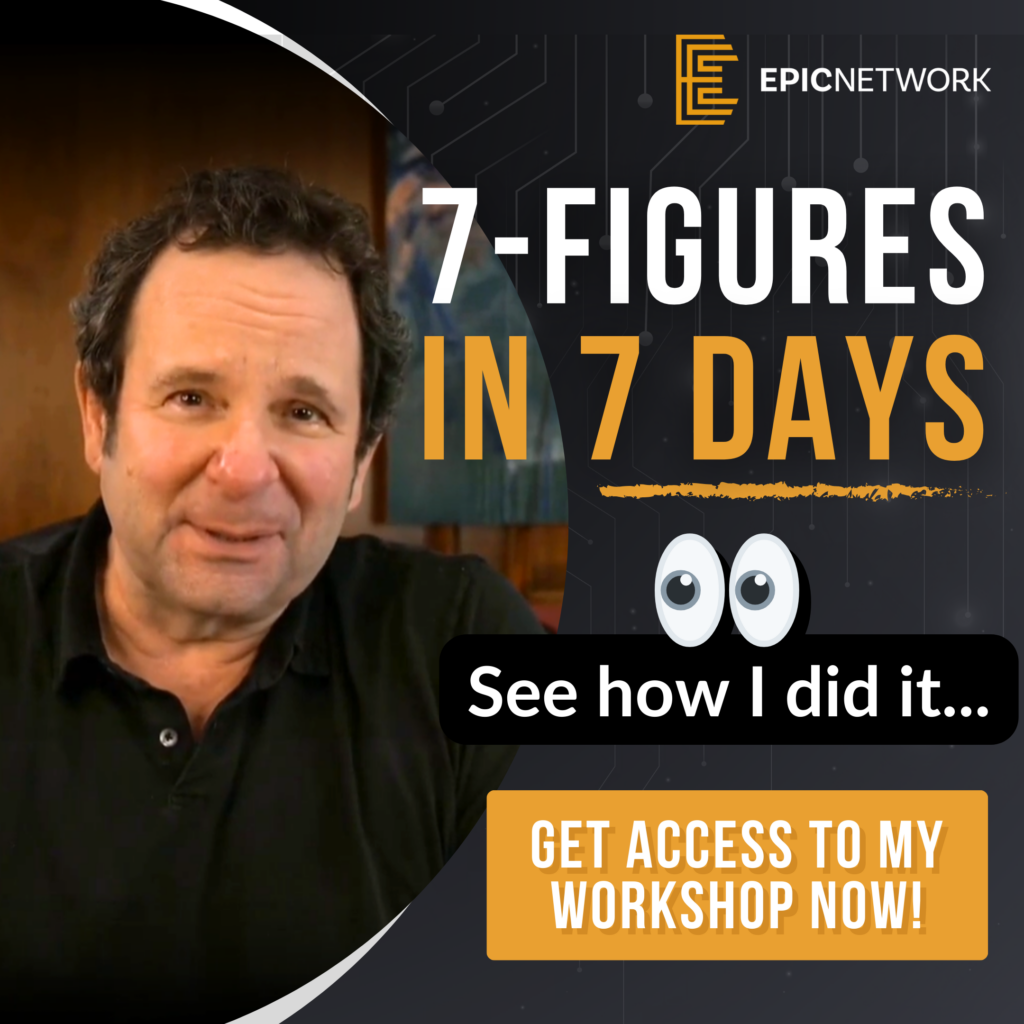
When exploring bootstrapped SaaS acquisition strategies, many entrepreneurs and investors instinctively look toward Silicon Valley. However, bootstrapped SaaS acquisition strategies outside of Silicon Valley can offer significant advantages, especially for those looking to avoid the venture-backed world. For professionals with experience in B2B SaaS, focusing on bootstrapped companies can provide a sustainable and scalable path that aligns well with long-term success.
Why Bootstrapped SaaS Companies Are a Strong Acquisition Target
Bootstrapped SaaS companies are often less encumbered by third-party investors, making them appealing acquisition targets. Unlike their venture-backed counterparts, these companies generally operate with a leaner approach, prioritizing sustainable growth over rapid, high-burn expansion. Here’s why bootstrapped SaaS companies can be ideal:
- Lower Competition: The venture world is competitive, with cap tables loaded with investors. In contrast, bootstrapped companies operate without this pressure, allowing for greater ownership and fewer stakeholder conflicts.
- Efficient Business Models: Without venture funding, bootstrapped SaaS companies tend to be more efficient with their resources, focusing on proven product-market fit rather than speculative growth.
- Clearer Path to Profitability: These companies are often built to generate revenue from day one, making them a safer choice for investors looking to acquire a business with established cash flow.
Learn more about bootstrapping vs. venture funding
Avoiding the Venture-Backed Trap: Why Silicon Valley Isn’t the Only Option
Silicon Valley’s venture-backed SaaS landscape is often centered on heavy funding rounds, with founders focused on securing capital to fuel aggressive growth. This “fund the burn” mentality prioritizes speed over stability and requires extensive capital to sustain. For investors or entrepreneurs with B2B SaaS experience but limited funding, focusing on bootstrapped SaaS companies outside of Silicon Valley can open up more accessible opportunities without the inflated valuations typical in the Valley.
Explore the benefits of bootstrapped companies
How to Identify and Approach Bootstrapped SaaS Opportunities
When seeking bootstrapped SaaS companies, it’s essential to look beyond the typical tech hubs. Many of these companies operate under the radar, without the hype and high valuations of Silicon Valley-based startups. Here are some tips:
- Focus on Value-Driven Companies: Look for companies that prioritize customer satisfaction and steady growth over rapid scaling. These businesses often have a loyal customer base and a stable revenue model.
- Leverage Your Experience: If you have a background in B2B SaaS, your insights into the industry can be highly appealing to bootstrapped SaaS founders. Many bootstrapped founders look up to Silicon Valley’s methods and may value your experience, even if they prefer sustainable growth over the venture-backed approach.
- Target Niche Markets: Bootstrapped SaaS companies often serve specialized markets, making them resilient against larger competitors. Acquiring a niche SaaS business can provide a strong foothold in a less competitive space.
The Benefits of Bootstrapped SaaS Acquisition Strategies for Long-Term Growth
Acquiring a bootstrapped SaaS company offers stability and a manageable growth trajectory, allowing for more straightforward scaling. Here’s why bootstrapped SaaS companies are beneficial for long-term growth:
- Sustainable Revenue Models: Bootstrapped companies are less likely to rely on massive funding rounds, resulting in steady, organic revenue growth.
- Reduced Pressure from Investors: Without venture capital, bootstrapped SaaS companies have fewer outside stakeholders, giving new owners greater freedom to implement changes without excessive scrutiny.
- Opportunities for Automation and Efficiency: Bootstrapped companies often seek ways to improve efficiency, making them ideal candidates for automation through AI or machine learning.
Key Takeaways
Focusing on bootstrapped SaaS acquisition strategies can be a game-changer for investors seeking stability over rapid but risky growth. By targeting companies outside Silicon Valley, you’ll find businesses with efficient, sustainable models, ideal for long-term success. If you have expertise in B2B SaaS, your experience can be invaluable to these companies, offering a path to growth without the competition and high stakes of the venture world.a healthcare staffing rollup, maximizing both capital and control to ensure a successful acquisition.
Ready to explore acquisition strategies that fit your needs?
Book a Free Strategy Session with the EPIC Network to discover customized solutions to support your success.










